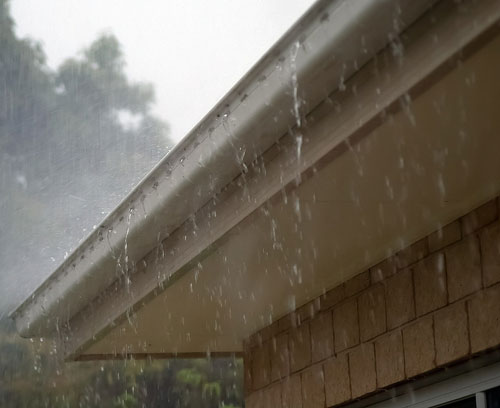Plus test at home first and fix any leaks before your next camping trip.
Works to keep an item dry rainy roof.
Rain can also help roofers inspect drainage issues and see where the water is flowing.
This means less of the roof will be open to rain damage.
Roof repair how tos and tips to keep your home dry.
A slick roof can put workers at risk and increases the likelihood for injuries and damage to your home.
The osb and in fact any wood panels must be allowed to dry completely depending on how wet the panels are this could be a few days before any roofing material is applied to avoid trapping moisture under the roof material that could cause edge swell and buckling.
However life can quickly become miserable when there s a chill in the air as the damp seems to work the cold right into your bones.
How to keep the bottom of a tent dry in snow.
This will act as a barrier.
Check before you hire a roofing contractor.
Once underlayment is in place roofing installation can continue as planned.
While some roofing projects can be completed in as little as a day the average home re roof with take several days.
If the risk of rain is too great they ll likely tarp the roof to keep it safe and dry and return to the job when the weather conditions are better.
With rain that keeps stopping and starting roofers can work on smaller parts of roofs at a time only tearing off and replacing each part at a time.
How to keep your tent dry in rain.
When a roof deck is exposed to water and absorbs enough to swell it should be allowed to dry out before any roofing material is applied to avoid trapping moisture under the roof material that could cause the edges to swell or buckle.
Use a tarp below the tent and a rain fly over the tent.
Getting a little wet doesn t matter so much when it s 72 degrees outside.
It is best to wait until conditions are clear and your roof is dry to make any repairs and installations.
During the tear off we install underlayment as the first layer of protection for your roof.
Put a tarp under you tent.
Don t forget to layer.
Roofing felt also known as tar paper serves as both an extra layer of protection between the shingles and the plywood and as a temporary moisture barrier until all the shingles are in place.

